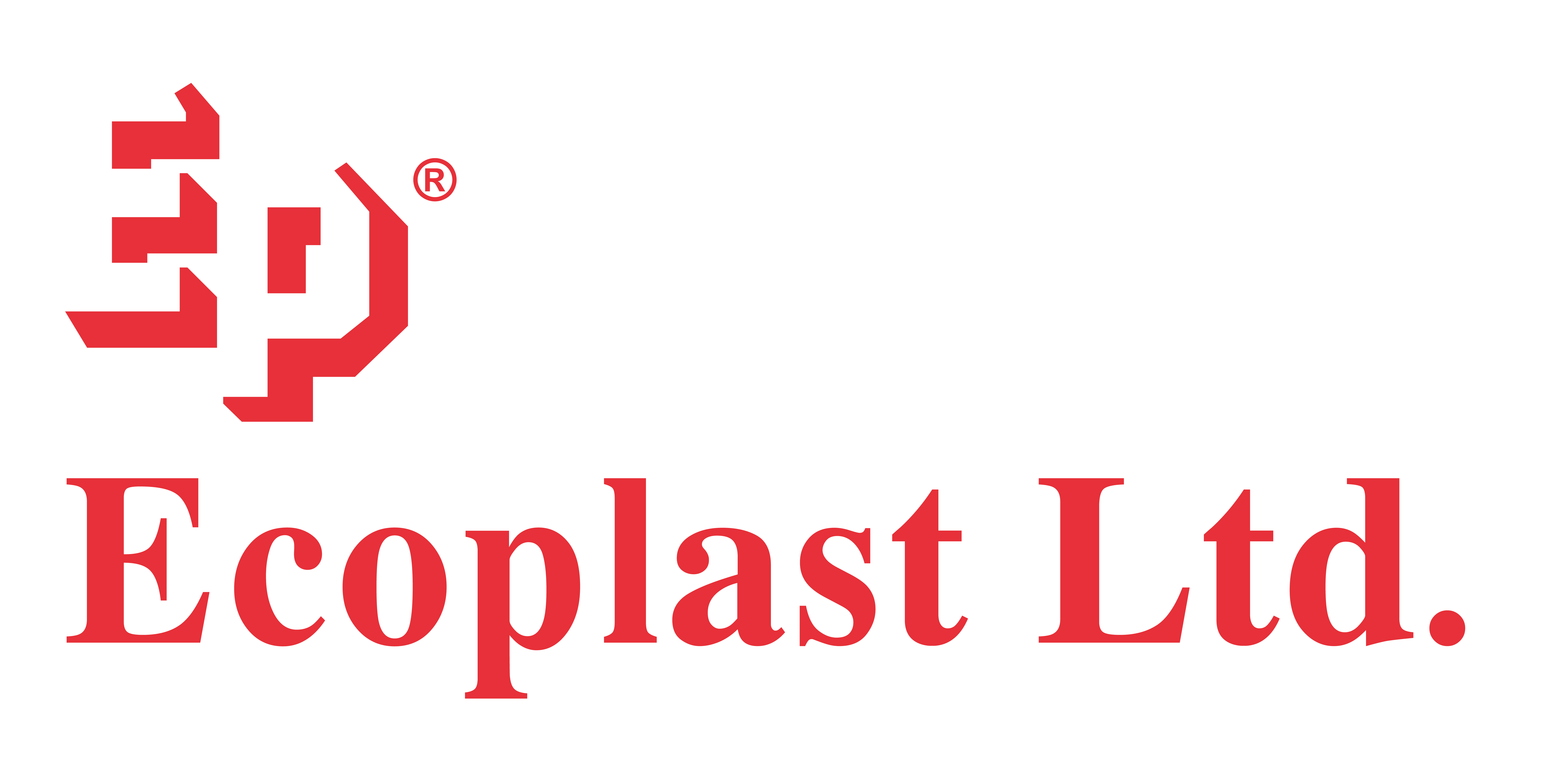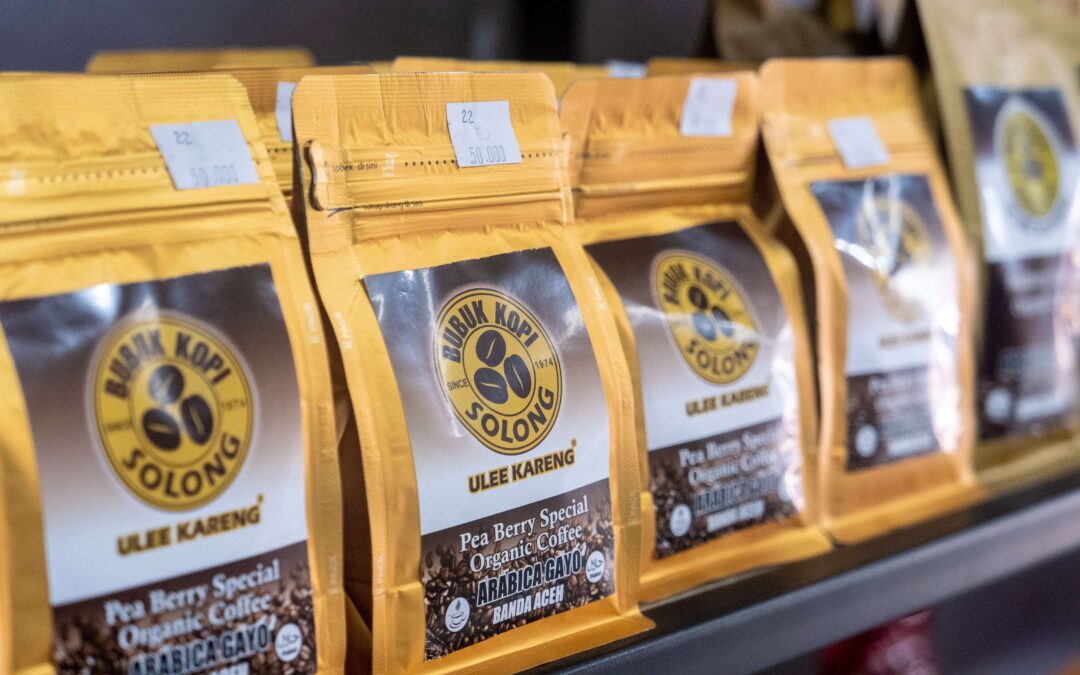Acrylic vs Rubber based Adhesives: Know The Key Differences
The thing about change is that every significant one is bound to set off an entire chain of consequent alterations. As consumer demands evolve, industries naturally have to adapt to serve this new demand. As industries transform their ways, businesses have to adapt to keep up with the latest trends and techniques.
Today’s consumers actively choose to take a more nature-friendly and convenience-first route. They look for two important features in every product – sustainability and ease of use. How has this affected the packaging industry? To meet this demand, the packaging industry has had to give due importance to flexible packaging. Owing to its proven effectiveness and obvious appeal, flexible packaging is a whole new sector today. One of the offerings that have fueled this sector and have accelerated its growth is adhesive films.
Given their rising demand among businesses belonging to almost all industries, adhesive films are available in impressive varieties. Of all the diverse types out there, today we are going to explore two of the most popular ones in detail, along with the key differences between the two – Acrylic vs Rubber Adhesives. Before we dive into what sets them apart, let’s first understand their very purpose.
Acrylic vs. Rubber Adhesives: Purpose, Differences & Benefits
What Is Acrylic-based Adhesive Film?
An acrylic adhesive tape is essentially a synthetic fiber made from a polymer. Acrylic adhesives are thermoplastics in nature, meaning that they tend to go soft when exposed to heat. They remain soft at room temperatures and harden after the cooling process. Their ability to remain soft at normal temperatures allows them to bend easily under slight pressure and bond quite well with rough or inconsistent product surfaces.
Acrylic adhesives are quite compatible well with polar substrates such as metals, glass, wood, polyesters, and polycarbonates. They deliver good resistance to multiple temperature ranges, and to solvents and chemicals as well. They can offer good protection in extreme weather conditions – be it against the harsh ultraviolet rays or the unbearable freezing conditions. The best part is that they can easily be removed and reinstalled in the application if done incorrectly. Acrylic adhesive films provide better durability, along with a host of other impressive benefits, while also being a cost-effective alternative to rubber adhesive films.
Acrylic Adhesive Uses
- Commonly used for printing and lamination, metalizing, etc.
- Widely used in food packaging, tea, coffee, and medicine
- In the transportation industry, acrylic films are often used as a protective coating on automotive parts
- In displays and graphics, they are applied over exterior signage to enhance durability and offer protection from the elements
- The uses also extend to lighting diffusers, sanitary products, displays, home appliances, electronic devices, and more
Acrylic Adhesive Benefits
- Acrylic adhesives films have good adhesion to polar surfaces such as metals, glass, and polyesters
- In addition, they also offer excellent adhesion to many substrates including metal, BOPP, PET, PE, PVC, and more
- The films are equipped with multiple features like fast cure at room temperature, high peel strength, excellent impact strength, and good chemical resistance – to name a few
- They provide superior resistance to varying temperature ranges, ultraviolet light, and oxidation
- They also provide protection against many chemicals like organic solvents, organic fluids, plasticizers, detergents, and paints
What Is Rubber-based Adhesive?
These are adhesives made using rubber, either in its natural or synthetic form, as the base material. They are known to offer high initial grab or tack, and bond extremely well with a range of materials and surface types. Rubber-based pressure-sensitive adhesives are usually solvent-based or hot melt adhesives and can be used to make permanent or removable labels.
Rubber adhesive films are ideal solutions for low-temperature applications and indoor applications. This is primarily because they are more vulnerable to UV light, high temperatures, moisture, and chemicals. These films are also widely used in medical applications such as dressings and tapes. They are also actively present in the healthcare and cosmetics industry. They provide great adhesion when it comes to indoor areas that are usually home to steady temperatures. It also features an excellent amount of light-duty staying power.
Rubber-Based Adhesive Uses
- The films are most commonly used for surface protection, color coding, sealing, paint masking, aisle marking, and splicing
- Widely used in medical applications such as dressings, tapes, drapes, and catheters
- Used in the cosmetics and healthcare industry to enhance product functionality
- In furniture manufacturing, the films are used during the production of high-quality sofas, chairs, and mattresses
Perfect for filling gaps in almost any material- ceramics, glass, concrete, paper, elastomers, leather, textiles, metal, plastic, wood, porous surfaces, and even composite materials
Rubber Adhesive Benefits
- Rubber-based adhesive films feature a wide formulation latitude
- The films can be easily compounded to be removable, repositionable, or permanent
- They are hydrophobic meaning that they can provide excellent protection against water, other fluids, and moisture in the air
- They are ideal for indoor applications and are considered to adhere to a wide variety of substrates, even the ones with textured surfaces
- They are also considered excellent general-purpose adhesives because they stick well to many non-polar, low surface energy materials
Given that both the adhesive types have completely diverse characteristics and a unique set of benefits, their uses are also significantly different. Ultimately, the right choice between the two heavily depends on the industry and the project specifications.
Ecoplast Ltd – Leading Adhesive Film Manufacturers In India
With an extensive experience of 40 years in the sector, Ecoplast Ltd is one of the leading adhesive film manufacturers in India. Our Ecobond™ collection features adhesive films used for manufacturing Aluminum Composite Panels. These panels are user-friendly materials made up of two aluminum coils. The two coils are held together tightly with a non-aluminum core to make it lightweight, durable, and compact. The ACP sheets are available in different shades, textures, designs, and sizes to meet the industry’s needs and purpose.
They are used for a variety of applications, both interior, and exterior. Adhesive films are chosen based on the type of ACP to be manufactured (FR or Non-FR), and the processing temperatures at which the lamination of ACP is undertaken. Here are our offerings:
–Low-temperature Adhesive Film
–High-temperature Adhesive Film
After years of delivering excellence, we now have a client base across the globe that places their faith in our expertise for their varied range of requirements. We successfully run manufacturing and distribution operations in nine countries – India, Canada, USA, UK, Dubai, Ethiopia, Mauritius, Sri Lanka, and Malaysia, along with an active presence in all major regional markets. If you are looking for the right adhesive film solutions, contact us at +91-22-2683 3452 / +91-22-2683 1403, or drop an email at: [email protected]


Recent Comments